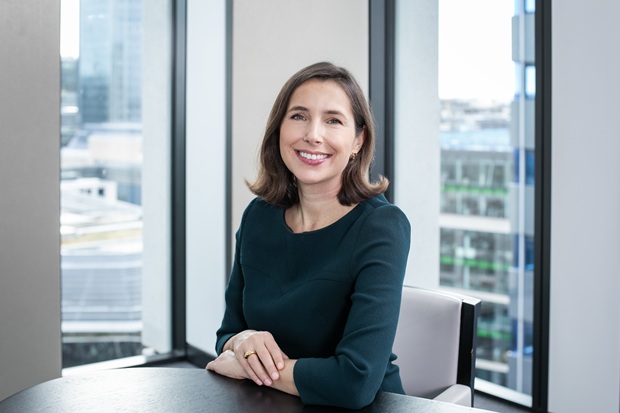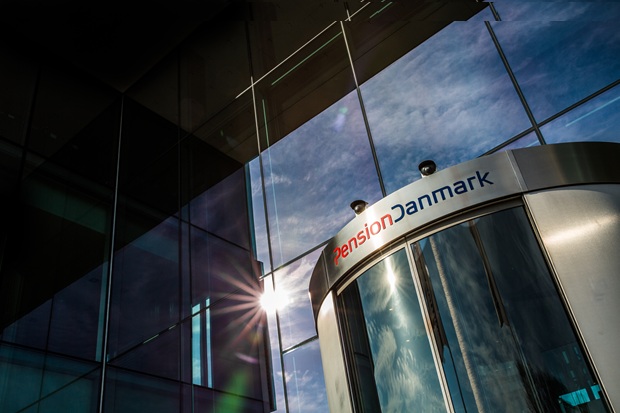
Navigating and applying the corporate governance toolbox
Some of Sweden’s largest asset owners discuss corporate governance approaches and challenges, with some additional perspectives from the academic and litigation side.
In order to set the scene for the discussion, which was held in Stockholm in February, the Swedish asset owners around the table started out by sharing how they view and define corporate governance and active ownership in their daily operations.
DANIEL KRISTIANSSON: “We call ourselves engaged owners and in practice that means voting at AGMs and having dialogues with the companies we own. If you take a wider view on corporate governance, I would say it’s about ensuring a healthy governance structure that fosters a long-term perspective and transparency. What’s interesting from a Swedish context is the Swedish code of corporate governance, which we try to enforce in the companies where we are owners.”
MAYA SAXENA: “How would you describe this code of corporate governance?”
DANIEL KRISTIANSSON: “It’s a code that regulates the roles of different participants in the market for listed companies. It lays out the tasks of shareholders, the board and the management of the company against the backdrop of the Swedish companies act. It simply outlines what is considered best practice from a corporate governance perspective. One important aspect here is the concept of shareholder-led nomination committees where we as shareholders get to appoint the board of directors, as opposed to being a committee within the board.”
EMMA SJÖSTRÖM: “But a company doesn’t have to have a nomination committee.”
DANIEL KRISTIANSSON: “According to the code, you should as it’s considered best practice, but there are companies with very dominant owners that don’t.”
PETER LUNDKVIST: “For us, active ownership is about steering companies towards sustainable value creation. We focus on companies where we have the greatest opportunity to have an impact. In companies where we have a majority stake, such as unlisted Swedish real estate and infrastructure companies, we influence via board representation. In Swedish listed companies, active engagement is carried out in-house via company dialogues, voting at AGMs and via representation on nomination committees. In foreign listed companies, we often work together with other asset owners, mainly through the AP Funds’ Council on Ethics. Also, we participate in initiatives together with other institutional investors.”
JOHANNES WINGBORG: “We’re very similar to what’s been said already. We also sit on a number of nomination committees and I personally sit in 15 nomination committees for listed real estate companies. We have over 2000 holdings all over the world but there are only some 20 to 25 companies where we have significant stakes. With regards to nomination committees, it’s time consuming as it involves interviews with each board member and the CEO. Especially in cases of recruitment processes with candidate selection. From time to time, the nomination committee members come to different conclusions and it’s a challenge to handle. A key success factor in nomination committee work is to know the company really well and I think it’s important to get opinions from others than the company and my own organisation. Equity analysts from equity research firms who follow the company have often valuable input. Nomination committees is a service that the largest shareholders do on behalf of all shareholders. Even if no changes are proposed by the nomination committee, it’s a quality check of the board work, the team and the individual board members.”
NIKLAS TELL: YOU HAVE ALL TALKED ABOUT ENGAGEMENT AND BEING ACTIVE OWNERS. HOW MUCH OF THE ENGAGEMENT IS WITH THE TARGET COMPANY AND HOW MUCH OF THE ENGAGEMENT IS WITH OTHER LARGE INVESTORS?
PETER LUNDKVIST: “In the local market, there’s a lot of collaboration because we’re all fairly similar, even if we might be governed by different regulatory frameworks. We share information but at the end of the day, we must of course act in the way we think is best for an individual company and we might disagree with other investors. We of course also work and have dialogues with investors in other markets.”
NIKLAS TELL: ARE THESE COLLABORATIONS STRUCTURED OR IS IT MORE OF A CASE OF WHERE YOU KNOW INDIVIDUALS AT DIFFERENT ASSET OWNER ORGANISATIONS?
PETER LUNDKVIST: “It’s both. In Sweden, we have something called ‘Institutionella Ägares Förening’ (Swedish Institutional Investors Association), which gathers the 16 largest institutional asset owners where we meet and share information. Globally, at least for us, it’s a more informal cooperation.”
DANIEL KRISTIANSSON: “We shouldn’t only talk about nomination committees, but I think that’s one great example where we as institutional owners can work together in a very formalised way and develop very deep relationships with each other.”
NIKLAS TELL: AS YOU’RE TRYING TO GAIN ACCESS, HOLD DIALOGUES AND INFLUENCE COMPANIES, HOW IMPORTANT IS YOUR “BRAND” AND IS THAT SOMETHING THAT YOU ARE ACTIVELY WORKING ON?
PETER LUNDKVIST: “For us, the brand is everything. We have such small ownership stakes in global companies that they don’t really need to listen to our opinions. But if you call from the Swedish AP Funds, companies will at least try to listen because they know that we have something to say. It’s not because we’re the best or the biggest but because we’re Swedish investors with sensible views.”
NIKLAS TELL: EMMA, YOU HAVE LOOKED AT THIS IN A REPORT A COUPLE OF YEARS AGO. WHAT WORKS AND WHAT DOESN’T WHEN IT COMES TO ACTIVE OWNERSHIP AND ENGAGEMENT?
EMMA SJÖSTRÖM: “I wrote this report called ‘Active ownership - What works’ where I looked at other people’s research and the one thing that stood out was that you don’t need to have a large stake in the company to be successful. Building your business case is the number one factor that comes through in many examples and of course general legitimacy, which is what you pointed to Peter. Also, being a big player in the market will help, even if you don’t own a large stake in the individual company. Being well regarded will open the door and it also helps being a good speaking partner and if you can show that you understand the complexities of the company. I think for the AP funds, in Sweden you’re helped by that institutional context you’re in. That’s also something to consider when you’re creating coalitions – that you can compensate for what you don’t have with somebody who has that local institutional context.”
MAYA SAXENA: “I think that’s also true when it comes to litigations in some sense, even if there are examples where you need to be a very large investor that has a large loss. But when it comes to corporate governance cases, it’s very similar to what you’re saying. One example is the Tesla compensation case where the first complaint was brought by an individual investor. What was said in the document was so meaningful it gained the support of the institutional community. So with respect to Delaware litigation, it’s very content based and it doesn’t always have to come from an institution.”
NIKLAS TELL: WE’VE BEEN TALKING ABOUT NOMINATIONS COMMITTEES, DIALOGUES AND TRYING TO INFLUENCE COMPANIES AT AGMS. WHEN WOULD YOU SAY THAT IT’S TIME TO CONCLUDE THAT TALK IS NOT ENOUGH AND THAT INVESTORS NEED TO TAKE ANOTHER ROUTE?
MAYA SAXENA: “I think if you’re talking about a toolbox, we would probably be the hammer in your toolbox. Also, I did read your report, Emma, and noticed that you mentioned that there wasn’t a lot of data on the impact of litigation. I think that has changed considerably since the time you wrote the report. I would say for virtually every area of ESG, there’s now a pretty strong amount of case law and precedent. Any type of situation where the board has breached their fiduciary duties, that’s one component of the cases. Another example is where the board lack oversight, which is a little bit harder to prove but there are many examples of it. I think one of the biggest areas has been safety-related and not least the Boeing case that was brought by the New York Common Retirement System. Here, the board failed to exercise appropriate oversight over one of the most important components of their operations, which is safety. The result of that case was a separation of the CEO role with the chairman of the board role and also that three of the board members have to have expertise in aerospace engineering and safety compliance.
Then there are other examples as well with more traditional corporate situations, such as the Wells Fargo cross selling scandal a few years. So there are a lot of measures that you can take to get involved. As investors, you need to decide if the issue is a priority and if your holding in the company is enough of a priority to get involved. Litigation can simply be a valuable tool for affecting specific changes in the way a company is run.”
… continued … the story was originally published in issue 02, 2025 of Nordic Fund Selection Journal and a PDF of the complete story can be found here.
//Participants
- DANIEL KRISTIANSSON, Stewardship and corporate governance specialist, Alecta
- PETER LUNDKVIST, Senior strategist and head of corporate governance, AP3
- JOHANNES WINGBORG, Ownership manager, Länsförsäkringar Fondförvaltning
- EMMA SJÖSTRÖM, Research fellow, Stockholm School of Economics
- MAYA SAXENA, Co-founder and president, Saxena White



